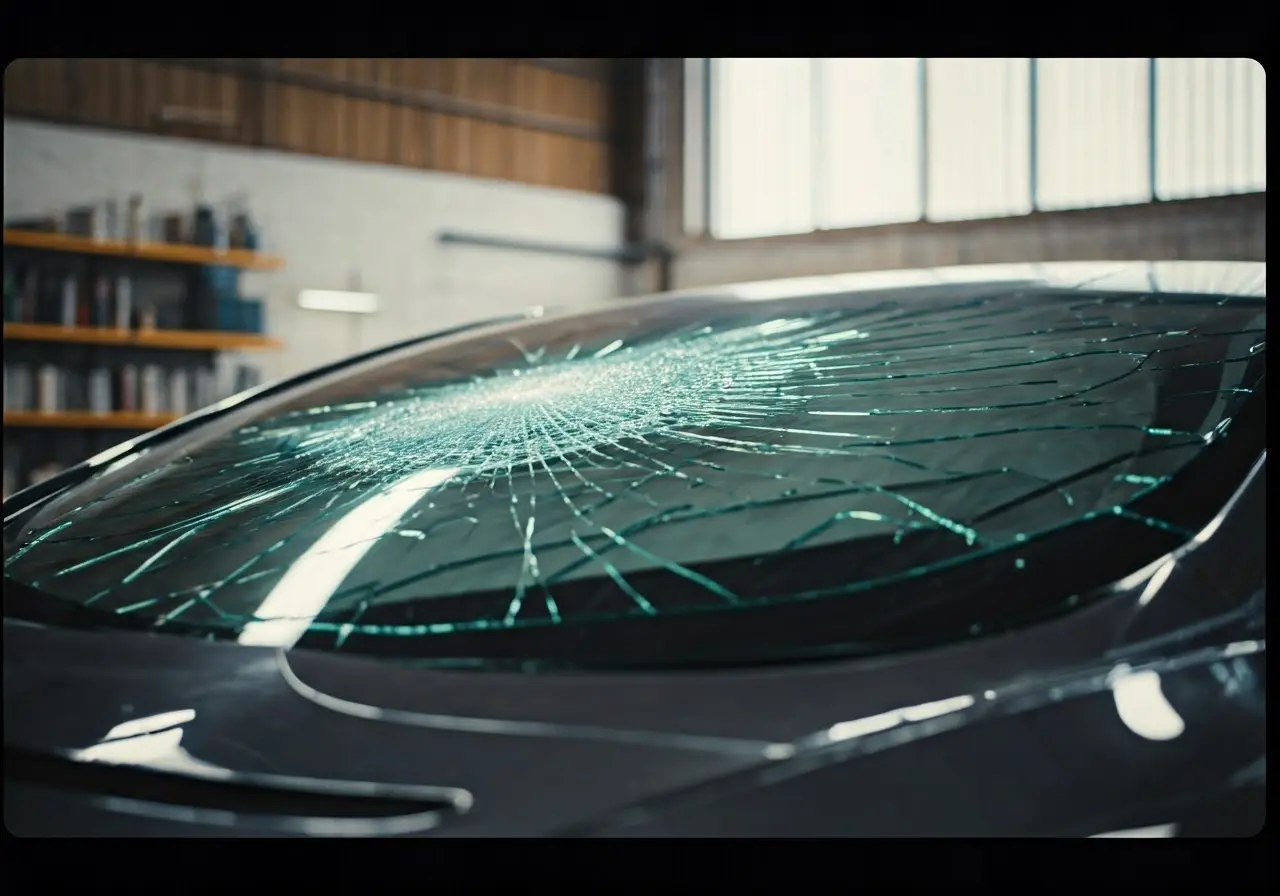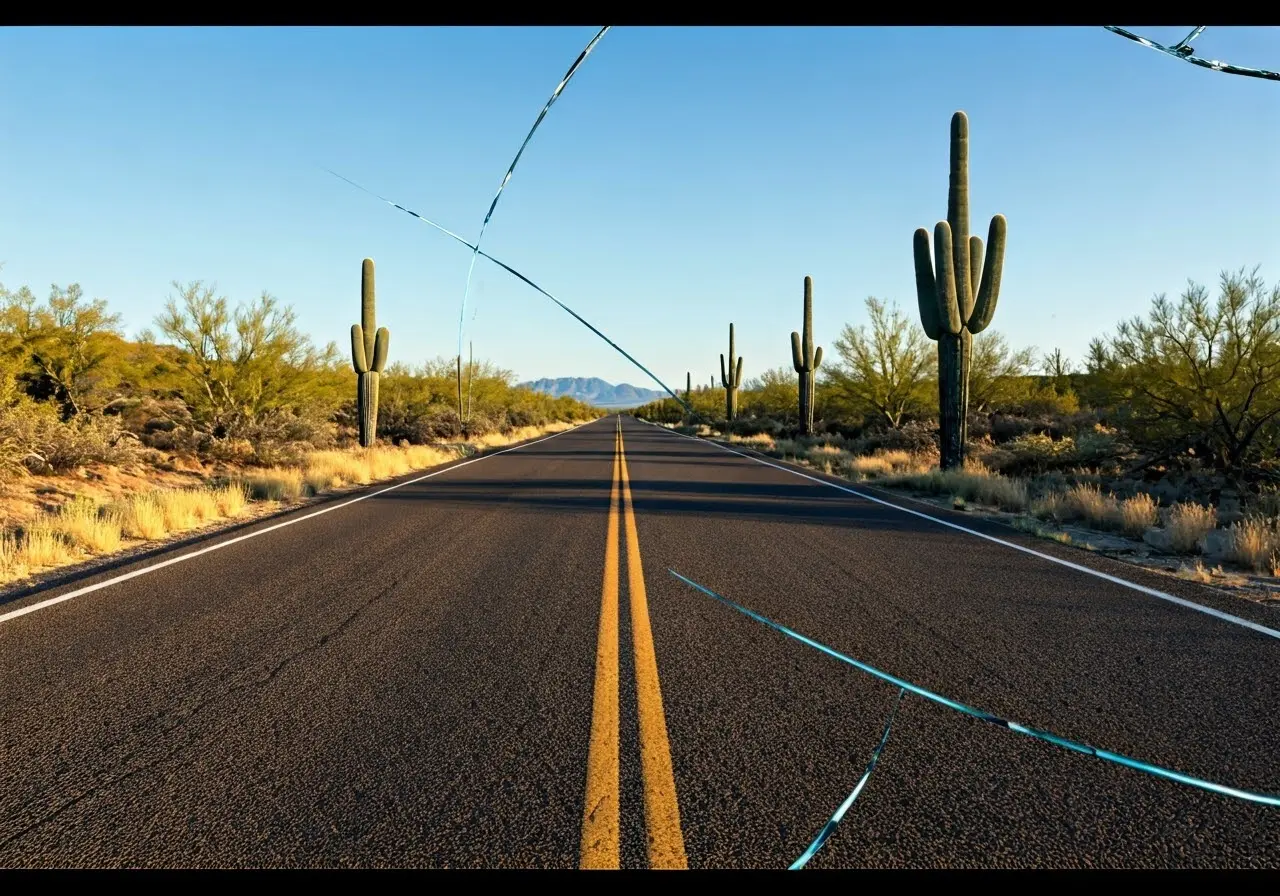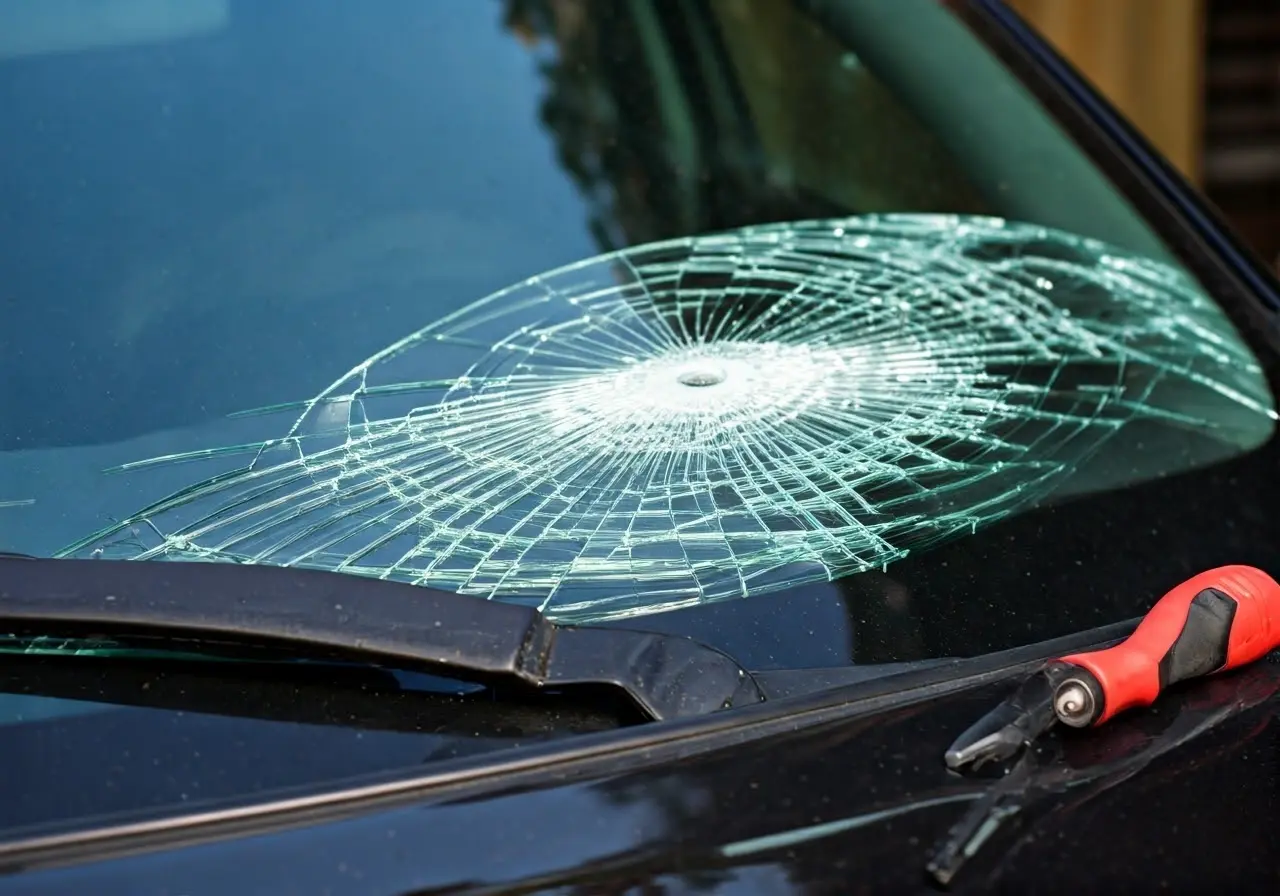If you’re a Tesla owner facing a cracked or damaged windshield, you might have several questions about the replacement process. From warranty coverage to the type of glass used, understanding the intricacies involved can help make the process smoother and less stressful.
Understanding Tesla’s Warranty Coverage
Determine whether your Tesla’s warranty covers windshield replacement, which typically depends on the nature of the damage and the age of your vehicle.
When considering Tesla windshield replacement, it’s crucial to first evaluate whether the damage falls under warranty coverage. Generally, Tesla’s new vehicle limited warranty may cover certain defects in materials and workmanship, which can include the windshield. However, damages caused by road hazards or external impacts, such as flying debris, typically require separate coverage through insurance.
Tesla also offers an extended Service Plan that might cover windshield replacement under specific circumstances. It’s essential to review the details of your coverage or contact Tesla directly to understand your entitlements. Consulting your insurance provider about your glass coverage can further reveal if you’re protected against unexpected costs. For more insights, the ‘Windshield Repair vs Replacement’ guide could provide additional perspectives on how these factors interplay.
Choosing OEM or Aftermarket Glass
Learn the importance of selecting Original Equipment Manufacturer (OEM) glass for compatibility with Tesla features and the potential benefits and drawbacks of aftermarket alternatives.
Choosing the right type of glass is pivotal for maintaining your Tesla’s functionality, especially considering the intricate technologies involved, like sensors for Autopilot calibration. OEM glass is manufactured to the exact specifications of Tesla’s original parts, ensuring a perfect fitment and reliability. This is critical because Tesla’s design incorporates numerous sensors and cameras integral to vehicle safety systems.
While aftermarket glass may offer cost savings and availability benefits, it may not always align perfectly with Tesla’s built-in technology. These variations in glass can affect the performance of safety features and even lead to inaccuracies in the sensor inputs. Therefore, understanding the difference between OEM and aftermarket options is crucial in making an informed decision. Opting for OEM is often the safer choice if maintaining the vehicle’s original performance and warranty is paramount.
Finding a Qualified Service Provider
Identify the best service providers for Tesla windshield replacement, focusing on authorized service centers and experienced professionals to ensure quality repairs.
Selecting a qualified service provider for your Tesla windshield replacement is essential to guarantee proper installation and re-calibration of the vehicle’s advanced systems. Tesla-approved service centers or Tesla-approved repair facilities are equipped with the specialized tools and expertise needed for these specific vehicles.
These authorized professionals not only replace the windshield but also ensure the meticulous re-calibration of ADAS elements. Working with technicians who understand the nuances of Tesla dynamics ensures that features like lane assistance and emergency braking maintain optimal function post-replacement. If you’re considering alternatives, verify their certification and experience with Tesla models for peace of mind, and always prioritize safety and accuracy.
The Importance of Advanced Driver Assistance Systems (ADAS) Calibration
Understand the necessity of re-calibrating your Tesla’s ADAS after a windshield replacement to maintain the proper functioning of features like autopilot and collision avoidance.
Re-calibrating your Tesla’s Advanced Driver Assistance Systems (ADAS) after a windshield replacement is integral for maintaining vehicle safety and performance. The windshield not only acts as a barrier but also a platform for housing sophisticated sensors linked to your vehicle’s smart systems like Autopilot and collision control.
A precise calibration is particularly essential after any windshield service because even the subtlest displacements or misalignments can lead to inaccurate sensor readings. Incorrect sensor data could lead to malfunctions in automated driving features, potentially comprising safety features essential for secure driving. For insights into the process and why calibration is pivotal, our ‘Windshield Woes guide’ offers detailed information.
Steps to Take Post-Replacement
Follow these crucial post-replacement steps including ensuring the integrity of the seal and familiarizing yourself with any indications of suboptimal replacement.
Once your Tesla’s windshield has been successfully replaced, there are several post-replacement steps to ensure everything operates optimally. Begin by checking that the seal around the windshield is fully intact; this prevents water leaks and maintains the structural integrity of the car. Moreover, monitor for any signs such as whistling noises during driving, which might indicate improper sealing or installation errors.
Familiarize yourself with any new symbols on the dashboard, as re-calibrated or newly installed systems may temporarily flash indicators until fully integrated. It’s also wise to avoid power washing your vehicle or exposing it to extreme temperatures shortly after replacement to ensure the adhesive cures correctly. Consulting professionals at a qualified auto glass center for any concerns post-replacement can provide added assurance and safety verification.
Key Takeaways for Tesla Windshield Replacement
Tesla windshield replacement can seem daunting, but with the right information, it is manageable. Remember to verify your warranty, select the correct glass, and always choose quality service providers. Prioritize seeking repairs quickly to ensure your safety and road readiness.



